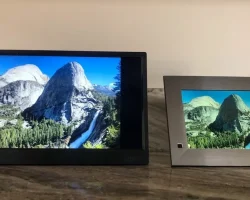
The Most Affordable Way To Display Your Photos With Nixplay Digital Photo Frames
If you’re a photographer and you love spending time in your studio, then you’ll love the idea of using digital photo frames to store your photos. Not only are they affordable, but they offer a great way to showcase your photos in a way that’s both stylish and affordable.
There are a few different types of digital photo frames that you can choose from, and the ones that are the most affordable are those that are designed to be used with Nixplay Digital Photo Frames. This is a great platform that allows you to easily store and display your photos, and it’s one of the most popular platforms for digital photo frames.
The next best option for a digital photo frame is one that is designed to be used with a Nixplay Camera. This is a great platform that allows you to easily store and display your photos, and it’s one of the most popular platforms for digital photo frames.
Finally, if you’re looking for a more custom-made digital photo frame, then you should consider looking into those that are designed to be used with Apple’s iOS. This is a great platform that allows you to easily store and display your photos, and it’s one of the most popular platforms for digital photo frames.
So, if you’re a photographer and you’re looking for a great way to showcase your photos, then you should consider using digital photo frames. They are affordable, stylish, and offer a great way to store and display your photos.
Nixplay Digital Photo Frames is the best way to display your photos! With this app, you can create digital photo frames that are easy to assemble and display. You can choose to have your photos framed in a variety of styles and colors, and you can also add your own text or graphics.
If you want to show off your photos in a way that is both affordable and stylish, then you should consider using digital photo frames. A digital photo frame is a great way to show off your photos and make them look more beautiful. There a number of different types of digital photo frames available, and you can find the best one for your needs by using a search engine.
One of the best ways to find a digital photo frame that is both affordable and stylish is to look for ones that come in a variety of colors. You can also find ones that are made to look like different pieces of art. There are a number of different types of digital photo frames available, and you can find the best one for your needs by using a search engine.
If you are looking for a digital photo frame that is both affordable and stylish, then you should consider using ones that come in a variety of colors. You can also find ones that are made to look like different pieces of art. There are a number of different types of digital photo frames available, and you can find the best one for your needs by using a search engine.
Nixplay Digital Photo Frames are a great way to display your photos! With these frames, you can easily and cheaply add copies of your photos to your home or office. Plus, they’re a great way to show off your photos to others. Here’s a detailed explanation of how they work:
To set up a Nixplay Digital Photo Frame, first you need to find a physical photo frame. Once you have found one, you will need to determine how large the frame should be. You can find these frames at most stores, or you can order them online. Once you have chosen the size, you will also need to find the type of frame. There are many different types of frames, but the most common type is the photo frame. You can find these frames at most stores, or you can order them online.
Once you have chosen the type of frame, you will need to find the photo that you want to display. Once you have found the photo, you will need to select the size of the photo. You can find the photo by looking at the size of the frame. You can also find the photo by looking at the type of frame. Once you have selected the size, you will need to select the type of photo that you want to display. You can find the type of photo by looking at the photo size. You can also find the type of photo by looking at the type of frame.
Once you have selected the type of photo, you will need to find the location of the photo. You can find the location of the photo by looking at the photo. You can also find the location of the photo by looking at the type of frame. Once you have found the location of the photo, you will need to find the location of the frame. You can find the location of the frame by looking at the type of frame.
Once you have found the location of the photo and the location of the frame, you will need to put the photo in the frame. You can put the photo in the frame by looking at the location of the photo and the location of the frame. You can also put the photo in the frame by looking at the type of frame.
Once you have put the photo in the frame, you will need to put the frame in the room. You can put the frame in the room by looking at the location of the frame and the location of the room. You can also put the frame in the room by looking at the type of frame.
Once you have put the frame in the room, you will need to put the photo in the frame. You can put the photo in the frame by looking at the location of the photo and the location of the frame. You can also put the photo in the frame by looking at the type of frame.
Once you have put the photo in the frame, you will need to put the frame in the wall. You can put the frame in the wall by looking at the location of the frame and the location of the wall. You can also put the frame in the wall by looking at the type of frame.
Once you have put the frame in the wall, you will need to put the photo in the frame. You can put the photo in the frame by looking at the location of the photo and the location of the frame. You can also put the photo in the frame by looking at the type of frame.
Once you have put the photo in the frame, you will need to put the frame in the photo album. You can put the frame in the photo album by looking at the location of the frame and the location of the photo. You can also put the frame in the photo album by looking at the type of frame.

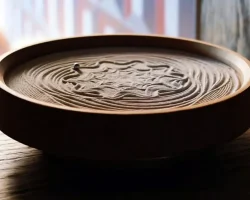
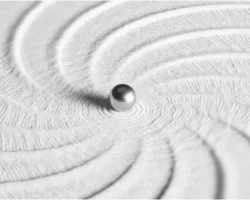



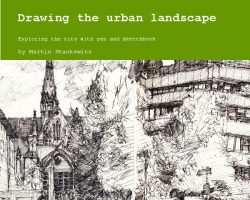
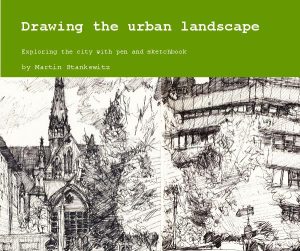 Between April 2006 and May 2007 I have
Between April 2006 and May 2007 I have